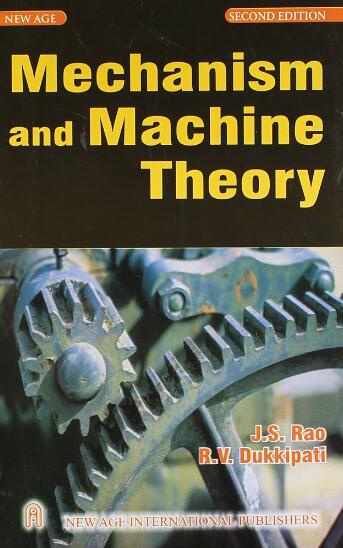Oriblock:基于铰链解剖的折纸块
IF 4.5
1区 工程技术
Q1 ENGINEERING, MECHANICAL
引用次数: 0
摘要
传统折纸是一种著名的折纸艺术,但它并不考虑材料的厚度。后来,考虑到材料的厚度不可忽略,人们开发了几种厚度适应技术,从而使折纸能够应用于多种机械装置。虽然这些技术在适应面板厚度后可以防止自相交并保持运动学特性,但由于它们依赖于二维的初始零厚度折纸图案,因此受到了限制。为解决这一问题,本研究提出了一种新技术--三维空间体积容纳技术,该技术根据实体几何形状分配非共面折纸折痕,从而允许更多的形状变化运动。我们选择了典型的实体几何图形,如金字塔和棱柱,作为演示设计程序的示例。获得的oriblock 的闭合方程用于分析其运动特性。此外,还根据运动学等效性,从口部模块推导出 Bennett 和 Myard 连接器,以加强它们之间的连接。因此,这种新型折纸可以为设计者提供多种机制,并促进折纸启发的超材料和机器人技术的潜在应用。本文章由计算机程序翻译,如有差异,请以英文原文为准。
Oriblock: The origami-blocks based on hinged dissection
Traditional origami, a well-known art of paper-folding, does not account for material thickness. Subsequently, several thickness-accommodation techniques have been developed, considering the non-negligible thickness of materials, which enables the application of origami to a wide range of mechanisms. Although these techniques prevent self-intersections and preserve kinematics after accommodating panel thickness, they are limited by their reliance on initial zero-thickness origami patterns in two dimensions. To address this issue, this study proposes a novel technique, the volume-accommodation technique in three-dimensional space, which allocates non-coplanar origami creases based on solid geometry to allow a greater variety of shape-changing motions. Typical solid geometries, such as a pyramid and a prism, are selected as examples to demonstrate the design procedures. Closure equations of the obtained oriblock are used to analyze the kinematic properties. Additionally, Bennett and Myard Linkages are derived from oriblocks based on their kinematic equivalence to strengthen their connections. As a result, this new type of origami can offer a variety of mechanisms for designers and facilitate potential applications in origami-inspired metamaterials and robotics.
求助全文
通过发布文献求助,成功后即可免费获取论文全文。
去求助
来源期刊

Mechanism and Machine Theory
工程技术-工程:机械
CiteScore
9.90
自引率
23.10%
发文量
450
审稿时长
20 days
期刊介绍:
Mechanism and Machine Theory provides a medium of communication between engineers and scientists engaged in research and development within the fields of knowledge embraced by IFToMM, the International Federation for the Promotion of Mechanism and Machine Science, therefore affiliated with IFToMM as its official research journal.
The main topics are:
Design Theory and Methodology;
Haptics and Human-Machine-Interfaces;
Robotics, Mechatronics and Micro-Machines;
Mechanisms, Mechanical Transmissions and Machines;
Kinematics, Dynamics, and Control of Mechanical Systems;
Applications to Bioengineering and Molecular Chemistry
 求助内容:
求助内容: 应助结果提醒方式:
应助结果提醒方式:


